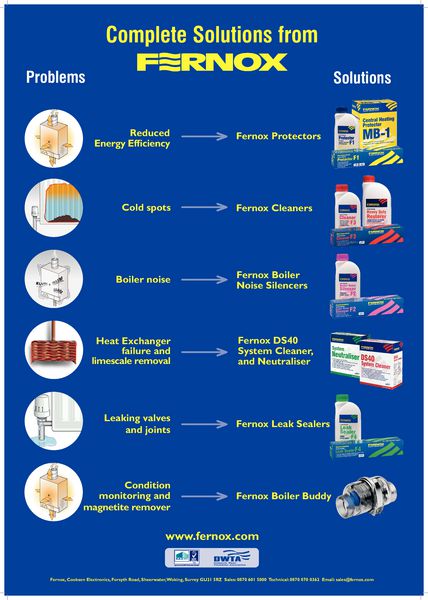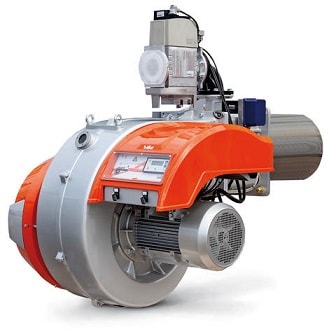Powerflush
Powerflush
What is a Powerflush?
A Powerflush is a cleansing process which aims to remove deposits of sludge, rust and any other debris from your central heating system.
These contaminants, if left, can seriously affect the efficiency of a heating system and, in severe cases, a powerflush could be the only option available. Over time the water in your pipes, boiler and radiators deposits unwanted byproducts like rust. This rust (plus other dirt and debris) becomes an unpleasant, mud-like substance that professionals affectionately refer to as ‘sludge’.
Sludge in your heating system can cause to blockages and corrosion which will lead to both inefficiency and / or breakdown. In extreme cases it can be so damaging that a complete boiler replacement is needed.
When do you need a Powerflush?
If you carry out regular servicing and maintenance (professional servicing is recommended annually) then a preventative Powerflush should only be necessary every 5-6 years to clear debris and prevent significant blockages from taking hold.
However, this will vary depending on the system you have. For example, some boilers use copper heat exchangers rather than stainless steel which will corrode quicker.
IMPORTANT: If you are planning to replace your boiler it’s important that the engineer performs a Powerflush before the installation. Otherwise, you risk contaminating the new boiler with damaging sludge and debris that’s hanging around in the old pipework.
Signs you need a Powerflush
There are signs to look out for that suggest that all is not well in your central heating system.
Cold areas on radiators e.g. at the bottom
Excessive noise from the boiler or the heating system pump
Discoloured water when you bleed the radiators
Heating is slow to warm up
Cloudy tap water (limescale in system)
Some radiators struggle to heat up as well as others
Radiators cold but pipes are hot
Boiler regularly shuts down and needs restarting
No water escapes when you bleed a radiator
Noisy radiators and or / boiler
Small leaks in radiators.
If any of these problems sound familiar to you, it’s time to contact a professional engineer. While a Powerflush may be all that is required to get your heating back on track, unfortunately it is not always that simple. A system may be so damaged that it is actually cheaper to replace rather than repair.
What are the benefits of a Powerflush?
It’s not all doom and gloom; there are lots of positive reasons to get a Powerflush carried out too.
Radiators will heat up quicker
Radiators will get hotter
Quieter radiators / boiler
More energy efficient system = cheaper energy bills
Higher hot water temperatures
More reliable i.e.less chance of breakdown
Increase the life of your heating system.
How does a Powerflush work?
An engineer will connect a pump to your central heating system. If it’s a Combi it will be connected at the pump head but if it’s a system boiler it will be connected at the circulation pump. This pump will push special chemicals through the pipes, boiler and radiators.
This includes a chemical that will remove sludge and rust, a descaler to remove limescale and corrosion inhibitor to help prevent future rust from forming. The engineer will collect and dispose of any contaminated water, debris or particles that they remove from the system.
The engineer may also use special tools on the exterior of the radiator to dislodge stubborn blockages.
The whole process can last anything from 6 – 10 hours depending on the number of radiators in your home, the age of the system and the severity of the sludge in the system. The engineer may find more problems than originally anticipated such as needing new parts to replace those that have been damaged beyond repair. Most Powerflush jobs can be completed in one day but some of the more severe cases may require longer.

Copyright © KtirioService 2006-2025. All Right Reserved.
Designed & developed by webgift.



